A guide to types of farms
No two farms are exactly alike. Different agricultural ventures produce different products — and some may not sell anything at all. Some farms sit on less than an acre, and others span across acres and acres of fields. Having a guide to types of farms is helpful, especially for beginning or aspiring farmers trying to figure out what type of farm is best for them.
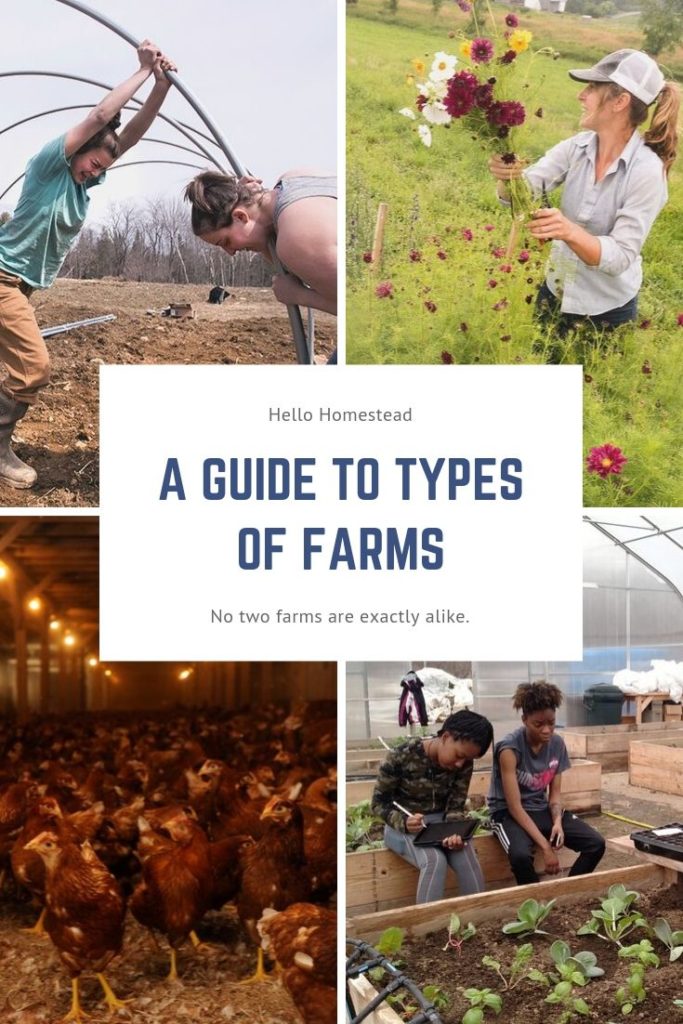
The U.S. Department of Agriculture (USDA) Economic Research Service defines a “farm” as any place that produces and sells $1,000 or more of agricultural products during the year. The range of agricultural products, the scale at which they are sold and who manages their sale, however, depends on the kind of farm it is.
Some farms may fall under multiple categories of farm types as well. For example, many micro farms are also urban farms, a u-pick farm could also be an orchard and a dairy farm may also either be a family farm or a commercial farm.
Here are 20 types of farms that you should know.
Apiary
An apiary, sometimes known as a “bee yard,” is an agricultural enterprise where beehives of honey bees are kept. An apiary may refer to a hobby beekeeper’s hives or those used for commercial agriculture, education or research.
Apiaries come in many sizes and can be located in rural or urban areas. Some apiarists will transport their hives to suitable, profitable locations — pollinating the almond crop in California, for example, requires nearly 60 percent of managed honey bees in the United States — which is known as mobile beekeeping.
Aquaculture

Aquaculture is, put simply, aquatic agriculture. It involves breeding, rearing, and harvesting fish, shellfish, aquatic plants, algae and other organisms to produce food and other commercial products. Some aquaculture operations are also designated to restoring habitat, replenishing wild fish stocks and rebuilding populations of threatened and endangered species.
Aquaculture is divided into two categories: freshwater and marine.
Marine aquaculture produces saltwater aquatic organisms like oysters, clams, mussels, shrimp and seaweed, along with fish like salmon, bass and yellowtail. Fish are farmed in net pens in ocean water or in saltwater tanks on land. Shellfish can be “seeded” on the seafloor or grown in cages.
Freshwater aquaculture farms catfish and trout, primarily in ponds or other manmade systems.
Commercial farm
Commercial farms are large-scale farming operations that produce crops and other agricultural products for sale, as opposed to raising crops to sustain a family or community.
The USDA Economic Research Service defines commercial farms as farms with $350,000 or more gross cash farm income. Farms with smaller incomes that sell agricultural products are considered residence farms or intermediate farms. Commercial farms are also owned by a corporation instead of a family or cooperative.
Cooperative farm
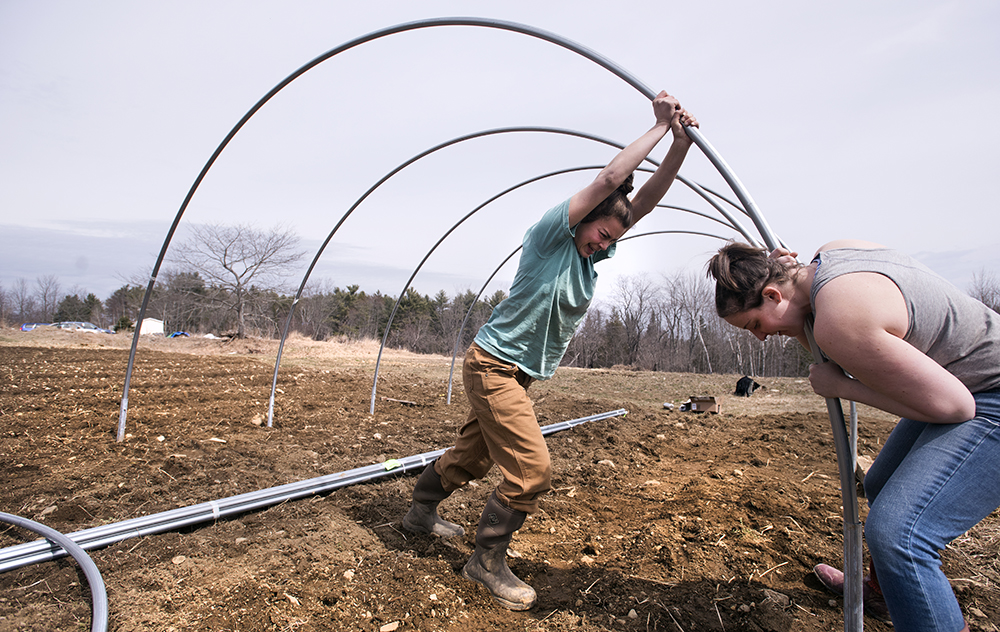
At cooperative farms, farmers pool their time and financial resources on a farm and share the profits amongst themselves. Cooperative farms are owned by its members instead of not by outside shareholders or investors. Each member of a cooperative farm also has a vote in business decisions.
Dairy farm
Dairy farms are dedicated to the production of milk. Dairy farms can be small-scale or large, commercial-scale operations. Most dairy farms have primarily cows, but some dairy farms raise sheep and goats for milk as well.
Some dairy farmers own their cowherds and their land, but others work on large dairy farms owned by corporations. Some dairy farms grow and harvest feed for their cattle on-site. They may also breed and raise heifers to sustain their dairy-producing populations.
Dry farm
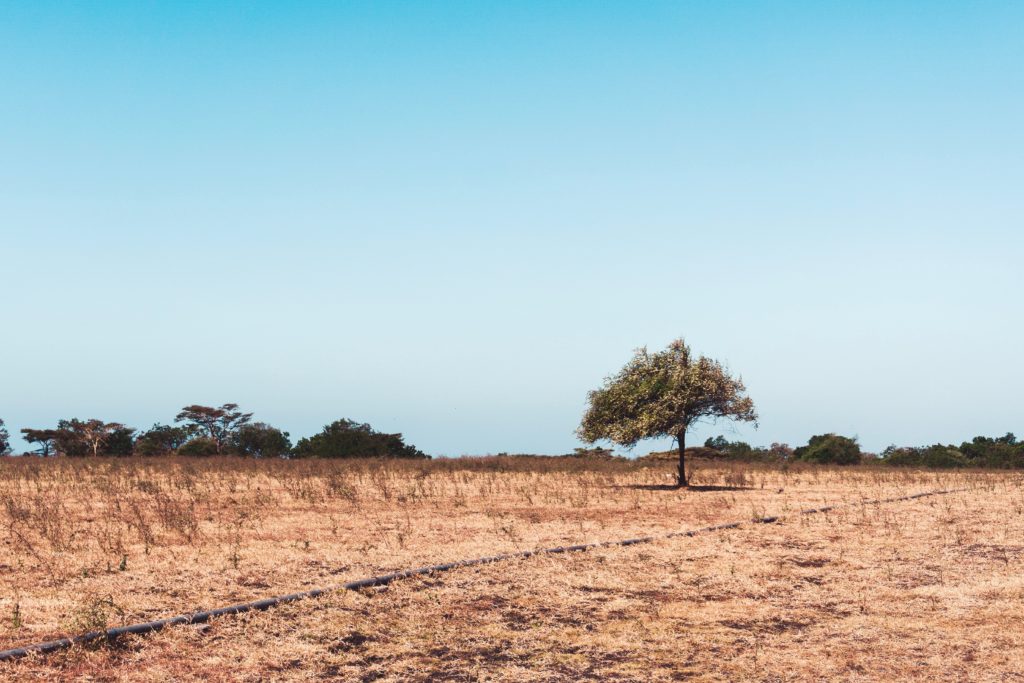
Dry farming, also known as dryland farming, involves the cultivation of crops in regions of limited moisture, typically less than 20 inches of precipitation annually, without irrigation.
Dry farming depends on soil that efficiently stores moisture. Ideally, the soil surface should be weed-free, but with enough dead vegetable matter to prevent runoff and erosion.
Selecting the right crops is also essential for dry farming. Drought-resistant crops, such as sorghum, emit only small amounts of moisture and will pause growing during periods of drought. Other crops that smaller and quicker to mature than those grown under more humid conditions are also suited for dry farms.
Family farm
Family farms are farms that are owned and operated by a family, handed down from one generation to another, rather than by a company.
The USDA classifies family farms as any farm organized as a sole proprietorship, partnership or family corporation. Family farms exclude farms organized as nonfamily corporations or cooperatives, as well as farms with hired managers.
Most farms in the United States are family farms — nearly 96 percent, according to the National Agricultural Statistics Service’s Census of Agriculture.
Family farms have to carefully plan for succession as generations age out of the trade. An estimated 70 percent of U.S. farmland will change hands in the next 20 years, but many operations do not have a next generation skilled in or willing to continue farming. Family farms without succession plans are likely to go out of business, be absorbed into ever-larger farming neighbors or be converted to non-farm uses.
Flower farm
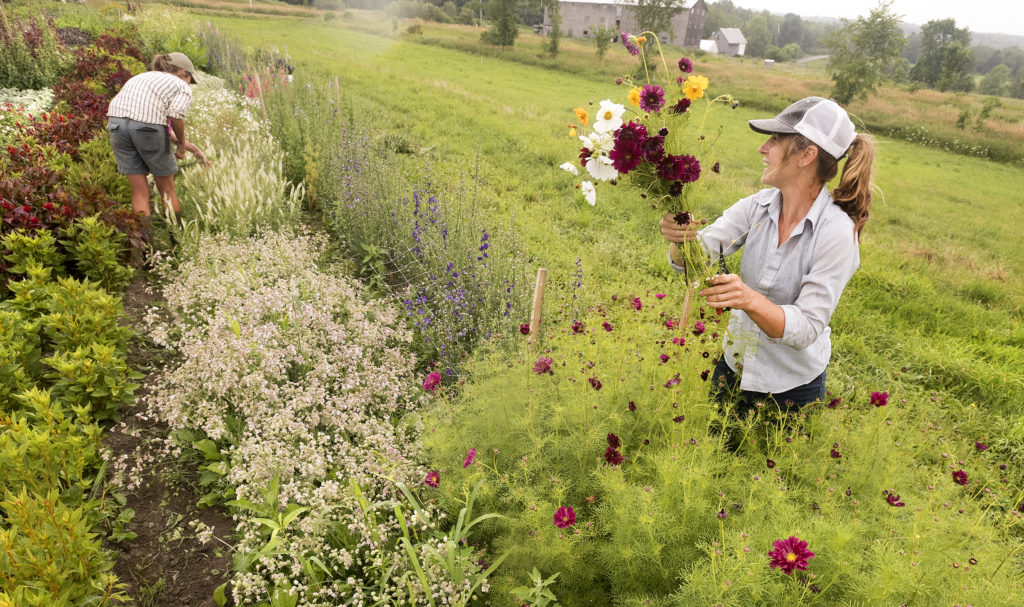
Flower farms grow and produce cut flowers for sale. Many are also associated with a flower arranging, event planning or wedding business. Some flower farms also have nurseries or greenhouses on-site to extend their growing seasons.
Hay farm
Hay farms are devoted to growing livestock feed. Hay is grown in all 50 states, although the type of grass varies by geographical region. Hay farmers require large swaths of land (10 acres at minimum) that is suited for growing hay, as well a tractor, mower, hay rake and baler. Hay can be baled in small, rectangular bales, or large round rolls; each requires different baling equipment. Hay farmers must carefully monitor the moisture content for their crop, as mold and spores can be extremely toxic to livestock.
Hobby farm
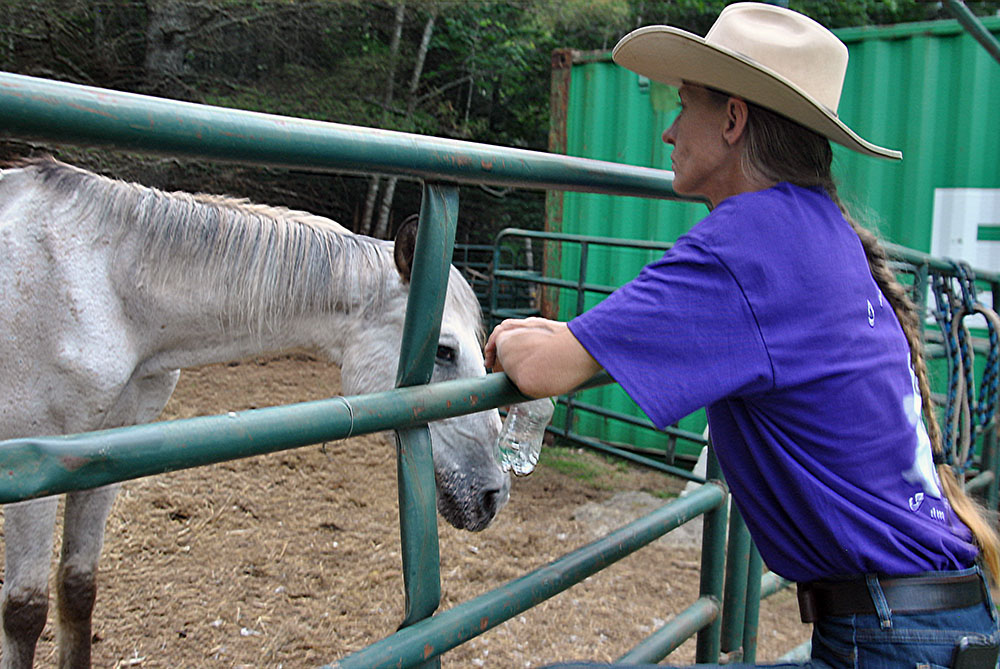
Hobby farm are managed for fun instead of profit. Though hobby farmers may enjoy some sales from their home gardens or livestock operations, hobby farmers need to have an income from another job in order to support their farming pastime.
Micro farm
A micro farm is an efficient, sustainable farm, usually located less than 5 acres (though the exact acreage can vary). Micro farming is small-scale, high-yield, sustainably-minded farming, generally conducted by hand and mostly located in urban or suburban areas.
Orchard
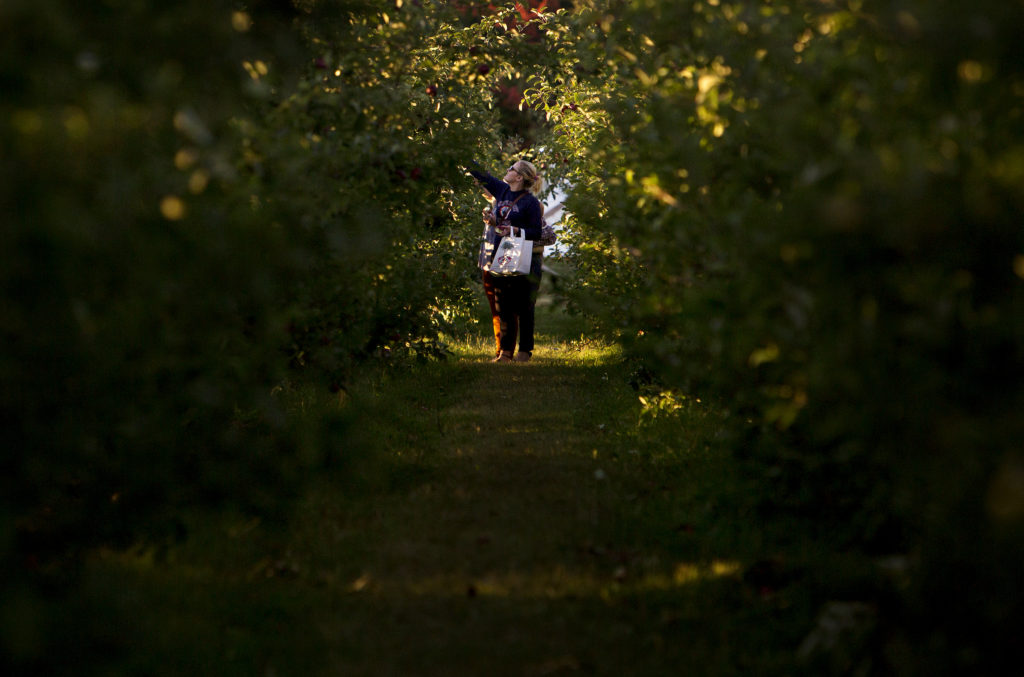
An orchard is a farm of intentionally planted trees and shrubs to grow fruits or nuts. Orchard fruits include apples, pears, oranges, bananas and cherries. Orchard nuts include tree nuts like pecans, walnuts and almonds.
Many orchards cultivate a single variety of fruit, though introducing diversity into orchards helps the operation build resistance to pests and diseases. The largest orchards in the United States are apple and orange orchards, although citrus orchards are more commonly called groves.
Organic farm
Organic farms grow and process food without the use of synthetic fertilizers or pesticides. Natural pesticides may be used in producing organically grown food.
More than 40 private organizations and state agencies certify organic food, but the standards may differ in the exact pesticides and fertilizers they permit, or the content of their certification materials. All organic labels, standards and language are approved by the USDA National Organic Program.
In 2016, the United States boasted more than 14,000 certified organic farms according to the USDA’s National Agricultural Statistics Service.
Poultry farm

A poultry farm raises domesticated birds for meat and eggs, including chickens, turkeys, ducks, and geese. Chickens are the most common bird raised for both meat and eggs. Some special or heritage breeds of poultry are raised for shows and competitions.
Ranch
A ranch is a large area of land for raising grazing livestock, like cows or sheep. Some ranches also boast less conventional types of livestock like elk, bison, emu and alpacas.
In the western United States, many ranches combine private land and public land managed by federal agencies like the Bureau of Land Management or the U.S. Forest Service, where they are authorized to bring their herds and flocks by grazing leases.
Ranches that includes arable or irrigated land may also raise crops for feeding the animals. Some working ranches will open private land to hunters for recreational hunting. Ranches that are primarily open to tourists and guests are called “dude ranches.”
Rice farm
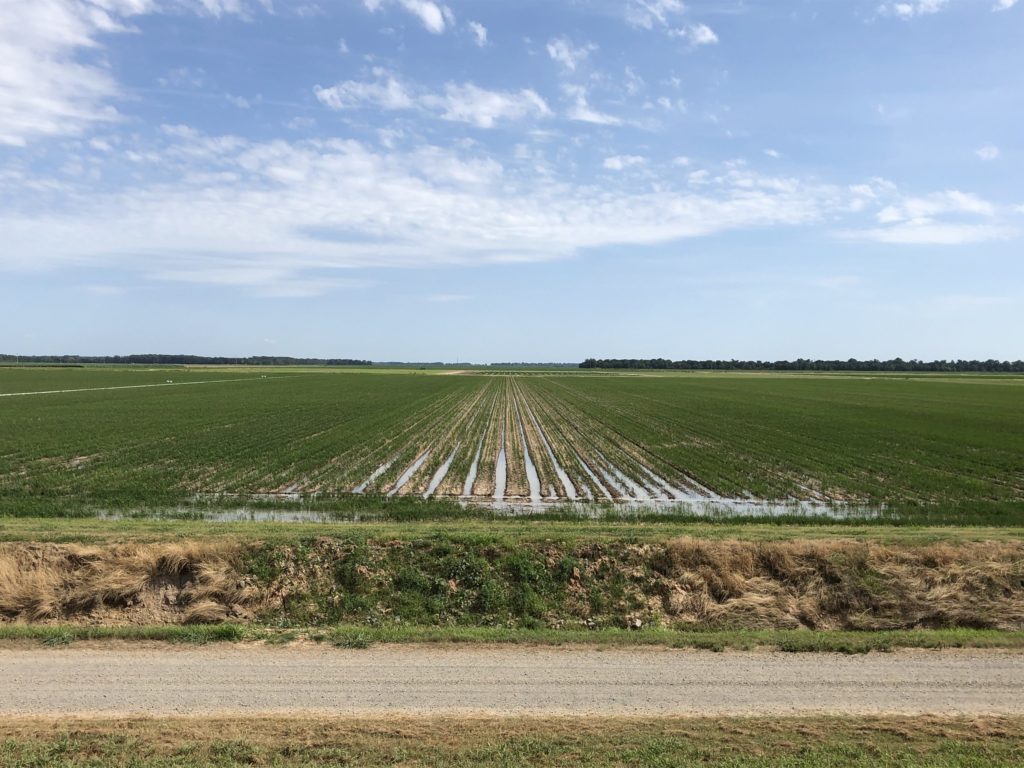
Rice farming is a little different than cultivating other grains. Rice grows best in areas with a plentiful supply of water on level land with a subsoil that prevents water from draining. Certain types of rice are grown in paddies, or flooded arable fields.
Rice is a staple food for more than half the world’s population and is grown across the globe. In many countries, rice is grown in small paddies for personal consumption and to sell locally.
Subsistence farm
Subsistence agriculture occurs when farmers grow food crops to feed themselves and their families. In subsistence agriculture, farm output is targeted to survival with little or no selling of surplus crops. The typical subsistence farm has a range of crops and animals, so the family to feed — and, potentially, clothe — themselves during the year.
Most subsistence farms are in developing countries, but many homesteaders in the United States have designed their farms to be subsistence-oriented, especially in off-grid areas.
U-pick farm

U-pick farming operations, also referred to as You-Pick or Pick-Your-Own, allow visitors harvest their own produce, like apples, berries or pumpkins, on designated times and days. U-pick farming is an agritourism method catered to consumers who want a day-long farming experience.
U-pick farms require less labor for harvesting, allow farmers to sell produce that may be too fragile to ship and eliminate post-harvesting tasks like storage and packaging. On the other hand, U-pick farms demand long working hours and liability insurance, and the farm must be located close to dense population centers. Most U-pick business occurs on the weekends in late spring and fall, so success is also dependent on weather.
Urban farm
An urban farm is exactly what it sounds like: a farm in an urban area. Most urban farms are small scale or micro-farms due to the availability of land in urban areas, but occasionally urban farms can constitute several acres within city limits.
Though urban farming can be challenging because it involves complying with city ordinances and zoning codes, it comes with sustainability benefits because it reduces the resources required to transport food from producers to consumers. Urban farming also helps to address food insecurity in certain communities. Urban farms usually grow crops, but they can also involve urban beekeeping, aquaculture and other types of farming.
Vineyard
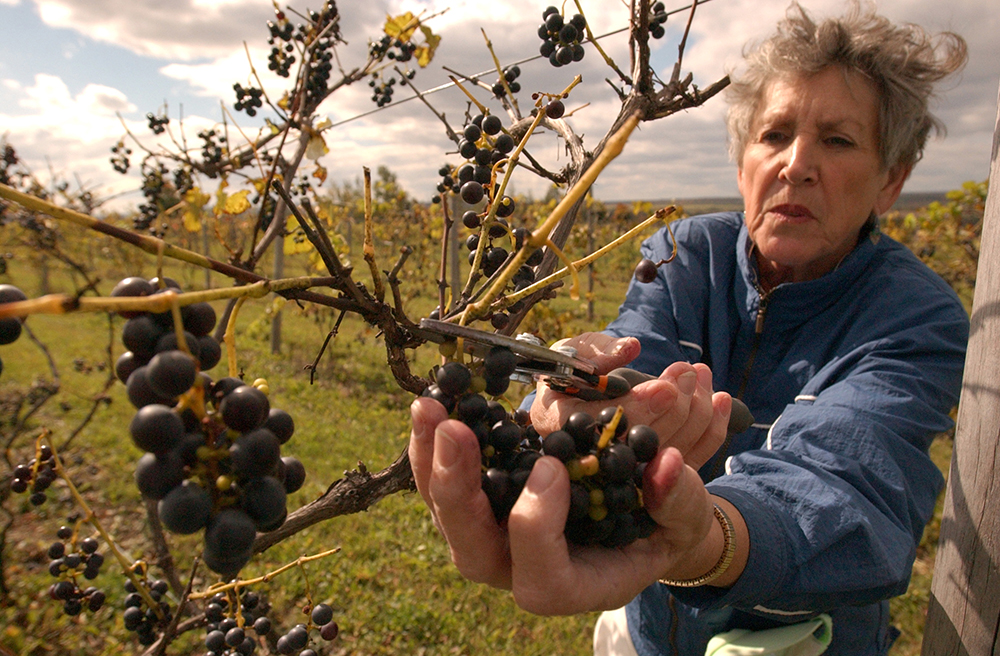
Vineyards are farms that grow grapes, which are grown on vines that are supported on posts and wires known as trellises. Grapes grown in vineyards are most commonly known to be harvested for wine, though some are grown for sale or to make raisins. A vineyard may also have a licensed winery on-site for wine production, sale and tastings to attract agritourism.
Vineyards are generally situated large estates, where careful planning and design is required to prevent pests and manage disease. The study of vineyards is called viticulture. The geographical and geological characteristics of a vineyard contribute to the taste and quality of the grapes produced and, subsequently, the flavor of the wine.

it was very helpful thanks